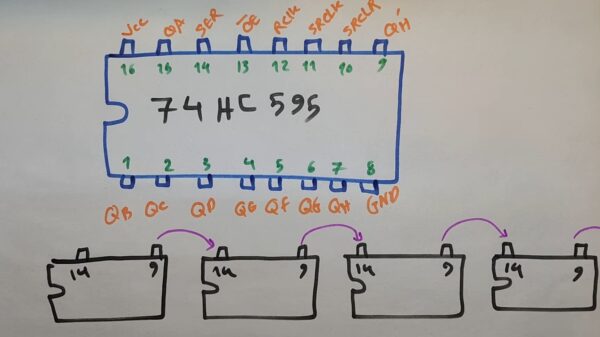The pendulum squat has emerged as an innovative alternative for strengthening leg muscles without the strain often associated with traditional barbell squats. This exercise targets the quads, glutes, and hamstrings while minimizing stress on the lower back and knees, making it a viable option for those seeking effective lower body workouts.
For many fitness enthusiasts, the pendulum squat may not be a familiar term. Ben Mighty, a fitness influencer, has popularized this exercise through his demonstration videos, which showcase its unique mechanics and benefits. Unlike conventional squats that often require heavy weights, the pendulum squat can be performed on a specialized machine that supports the body, allowing for a controlled range of motion.
How to Perform the Pendulum Squat
Learning the pendulum squat can be straightforward, particularly by following video guides like Mighty’s. Here’s a step-by-step overview of how to execute the movement properly:
1. Position your back against the machine’s backrest, ensuring your shoulders rest against the shoulder pads.
2. Extend your legs and place your feet hip-width apart on the foot plate. While foot position can vary, a slight outward angle of the toes is often recommended.
3. Shift your weight onto your toes, releasing the machine’s lock mechanism.
4. Place your heels down, then bend your knees to lower into a squat. It’s essential to keep your knees aligned with your toes to avoid injury.
5. After pausing, drive through your heels to return to a standing position.
6. Aim for 3 to 4 sets of 8 to 12 repetitions, adjusting the weight as you progress.
Once comfortable, you can gradually increase the weight on the machine to enhance the challenge.
Pendulum Squat vs. Hack Squat
While the pendulum squat is often compared to the hack squat, there are significant differences between the two. The hack squat machine typically positions the user in a slightly reclined position, which can alter muscle activation and joint stress. In contrast, the pendulum squat allows for an upright stance, facilitating a more natural movement pattern.
Both machines can be adjusted to emphasize different muscle groups. For instance, shifting your foot position can target the quads more intensely, while a deeper squat may engage the glutes and hamstrings. The pendulum squat’s adjustable platform is advantageous, as it accommodates individual range of motion and joint mobility.
The mechanics of the two exercises also vary substantially. The hack squat involves a vertical motion, which can place additional stress on the spine and knees, particularly at the squat’s lowest point. The pendulum squat’s arcing motion offers a gentler alternative, potentially reducing discomfort for those with existing lower back or knee issues.
Despite the advantages of machine-based exercises, core activation remains crucial. Both the pendulum and hack squats require users to engage their core for stability, although free weights generally demand greater core strength due to the lack of support.
Ultimately, the choice between a pendulum squat and a hack squat may depend on personal fitness goals and comfort levels. The pendulum squat is particularly beneficial for individuals focusing on quad activation and those with concerns about lower back stress. However, if the aim is to develop overall leg strength with a more powerful drive, the hack squat may be more suitable.
Incorporating the pendulum squat into a fitness regimen can provide a fresh perspective on lower body training. Those with existing routines focused on hamstrings and glutes, such as Romanian deadlifts or hip thrusts, might find the pendulum squat a perfect complement, allowing them to concentrate on quad development without risking injury.


































































